FOD Tips from the NTSB
An AA-5B prop plane brought down by paint chips? If you’re an aircraft mechanic, read this Safety Alert from the National Transportation Safety Board. Includes recommended practice for controlling FOD during MRO activities, a collection of failure examples and a list of informative links.
Image: Shop rags in compressor case. Source: NTSB.gov
Video: Medical Cleanroom
Take a walk through Brentwood Industry’s 12,000 square foot ISO Class 7 cleanroom at its Reading, Pennsylvania manufacturing plant, with custom thermoforming, injection molding, airlock entrance to maintain air pressurization, dedicated gowning room, and a segregated material loading bay.
Image Source: YouTube (screenshot)
Wet Pavement Safety
Don’t you just hate it when your airliner skids across a rain-soaked runway and into the nearest control tower? Starting in October, the Federal Aviation Administration will require that federally-obligated airports use the new TALPA procedures to assess the safety of runways that are not dry. Review these online resources for improving air operations during inclement weather.
Image Source: Federal Aviation Administration
Great Flocks of Drones?
The United Kingdom is confronting a surge in unmanned aerial vehicles (UAV’s), which nearly collided with manned aircraft more often in the first six months of 2016 than during all of 2015. British authorities are trying to assess the potential dangers of a drone strike, as compared to the more common bird strike.
Image Source: Wikimedia Commons
New! FOD Bags Available Online
OK, you’ve dutifully picked some FOD off the ground. Now what do you do with it? These rugged FOD Bags offer a flexible, portable and lightweight place to store found debris for later disposal.
Image Source: The FOD Control Corporation































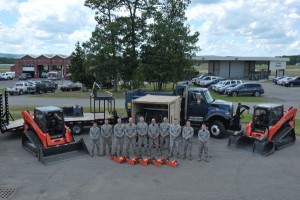


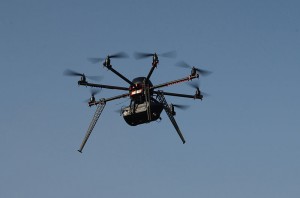

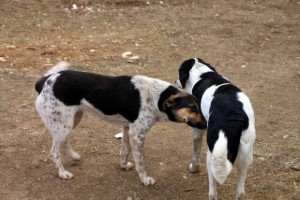

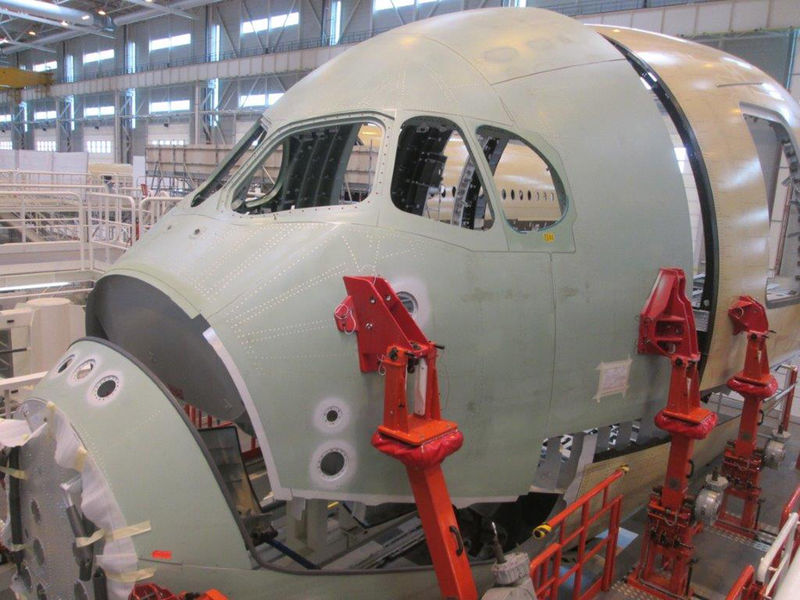

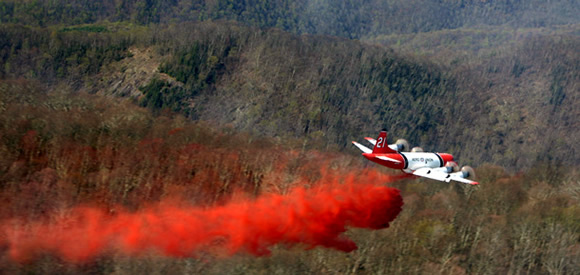





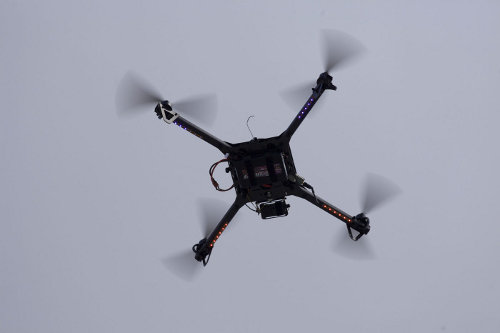



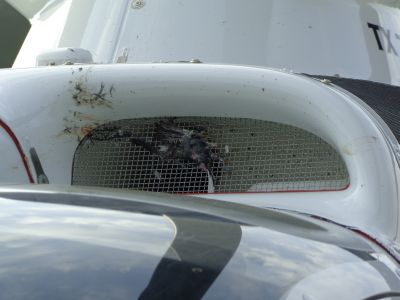



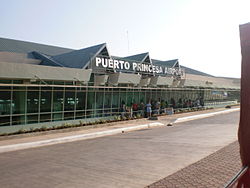
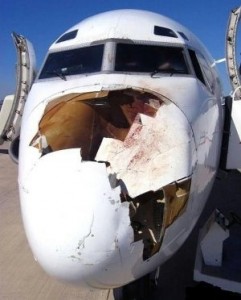
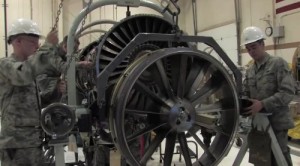
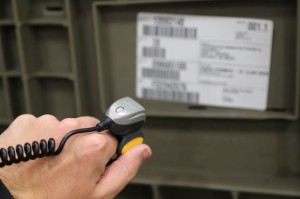
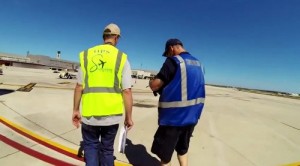
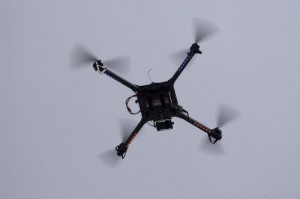
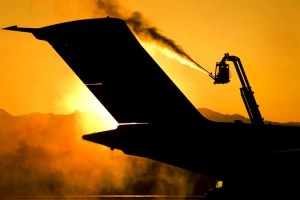



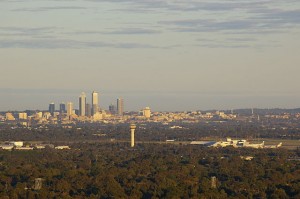





 It may be the tail end of the holiday season, but don’t expect Santa to shove a wad of extra cash into your airport’s FOD control budget.
It may be the tail end of the holiday season, but don’t expect Santa to shove a wad of extra cash into your airport’s FOD control budget.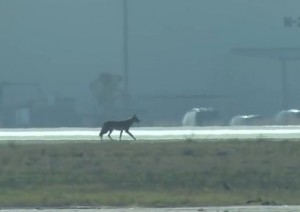 Our grandparents used to think of coyotes as reclusive creatures wandering the western deserts and woodlands. Not any more.
Our grandparents used to think of coyotes as reclusive creatures wandering the western deserts and woodlands. Not any more. Keeping your employees on the lookout for foreign object debris or damage (FOD) can prove challenging in a busy work environment. Try these three proven methods to encourage awareness and a strong safety culture.
Keeping your employees on the lookout for foreign object debris or damage (FOD) can prove challenging in a busy work environment. Try these three proven methods to encourage awareness and a strong safety culture.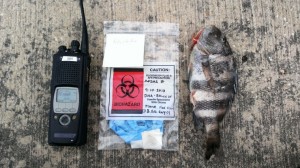 September 10, 2013, will forever live in infamy for Lt. Cmdr. Nick Toth, NOAA pilot, and for everyone else involved in the first recorded “fish strike,” in the history of NOAA at MacDill that occurred that morning.
September 10, 2013, will forever live in infamy for Lt. Cmdr. Nick Toth, NOAA pilot, and for everyone else involved in the first recorded “fish strike,” in the history of NOAA at MacDill that occurred that morning.

